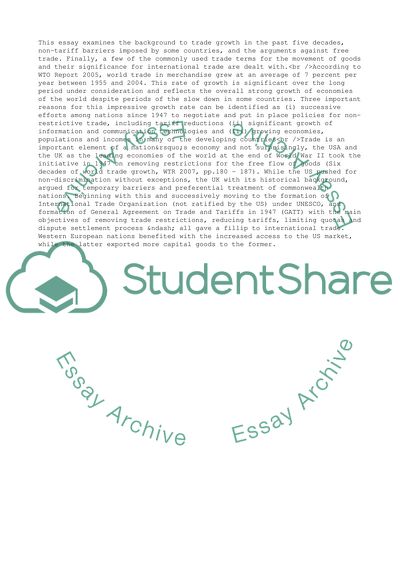Cite this document
(The Role of WHO in the International Trade Essay, n.d.)
The Role of WHO in the International Trade Essay. https://studentshare.org/business/1713057-international-trade
The Role of WHO in the International Trade Essay. https://studentshare.org/business/1713057-international-trade
(The Role of WHO in the International Trade Essay)
The Role of WHO in the International Trade Essay. https://studentshare.org/business/1713057-international-trade.
The Role of WHO in the International Trade Essay. https://studentshare.org/business/1713057-international-trade.
“The Role of WHO in the International Trade Essay”. https://studentshare.org/business/1713057-international-trade.


